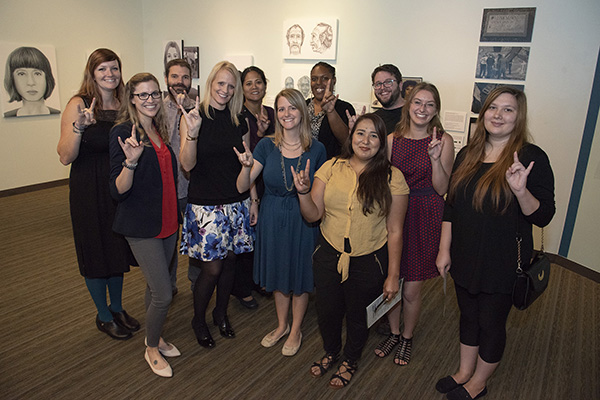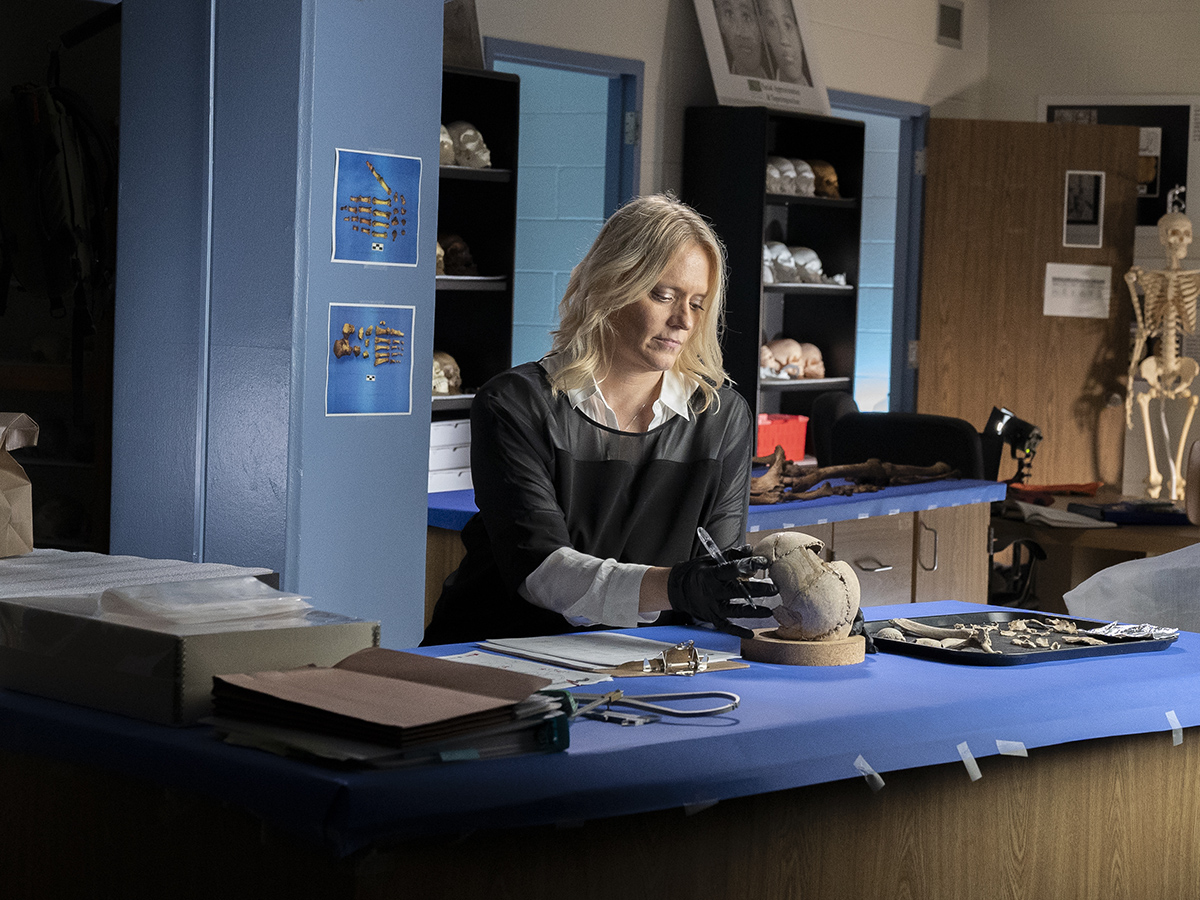The missing man, Howard "Kip" Evans’, skeletal remains were discovered January 18, 1986, off Pump House Road near Jones Island Road in the Ormond Beach area of Florida. His remains had been there for an undetermined amount of time. Forensic examination of the skeleton revealed violent trauma, and the death was determined to be a Homicide. Although various leads and tips were pursued throughout the years, the victim was unable to be identified, and the case went cold as "John Doe 1986."
Between 2006 and 2011, DNA was obtained from the skeletal remains and sent to several laboratories for comparison to DNA in the FBI’s Combined DNA Index System (CODIS), but there were no matches.
In 2014, facial reconstruction models were generated by Dr. Erin Kimmerle, Executive Director of the Florida Institute of Forensic Anthropology and Applied Science (IFAAS) at the University of South Florida. Then, in 2019, the Major Case Unit received information regarding social media posts generated in a Missing Persons group that included the image released by Kimmerle’s institute. The posts advised that a woman’s son, Howard Evans, had been missing since 1984 and was last known to be in Volusia County.
Evans was about 29 years old at the time he went missing. It was determined that no formal missing person’s report was ever generated for Evans. Due to Evans being missing for 6 years, the family had him legally declared deceased in 1990, but as the follow-up investigation continued, detectives obtained a DNA sample from Evans’ mother, who resided in South Carolina.

DNA analysis was performed by the University of North Texas Center for Human Identification (UNTCHI) and the FBI. In May 2020, an association was made between the family reference DNA obtained from the mother and the human remains known as John Doe 1986. Based on this association, a positive identification was made confirming that the human remains were that of Howard "Kip" Evans. Evans’ mother was notified that her son, who she last had contact with nearly 36 years ago, had been located.
The Medical Examiner’s Office is currently working with Evans’ family for the release of his remains.
IFAAS was established by Kimmerle in 2014 and is dedicated to working with law enforcement and medical examiner agencies to help solve violent crimes. Specifically, they use forensic science, anthropology, art, and emerging technology to help identify missing, endangered, exploited, and unidentified persons. Through this Institute, expert analysis, technical assistance, and training on cold case analysis and resolution, clandestine burial search and recovery, crime scene methods, forensic art, trauma analysis, human identification, and recovery, and chemical isotope analysis is provided.
IFAAS is the only university lab in the United States to offer a suite of chemical isotope and elemental analysis for forensic identification as a standard practice and as a nation-wide service provider. They are also the only forensic anthropology lab to offer a full suite of forensic art and visualization services.
There are more than 10,000 unsolved homicides in Florida and over 250,000 across the country - at least since 1980, when records of such counts began. More than 50,000 unidentified person’s cases exist nationally and these numbers grow every year. Thousands more are missing, presumed dead, only some of whom are entered in the missing persons system. The patterns of victims - abused women, drug addicts, children, the homeless, veterans, the impoverished, minorities, and migrants demonstrate those who are already at-risk and marginalized from society continue to fall through the cracks, even in death.
Together science and art is helping to solve these cases and bring long over-due justice
to families. Public art can be a catalyst for change and a call to action. Long-term
cold cases are only solved with the public’s help.

Since 2015, the Institute has offered an annual exhibit and program called, "The Art of Forensics". These exhibits have helped resolve nearly two dozen cases and brought more than 120 up to current investigative standards.
The exhibits feature more than thirty new works of art including drawings, digital composites, clay busts, photographs, and artifact exhibits telling the stories of twenty victims from around the country. Their cases are open, cold, and in need the public’s help to solve them.
"By sharing their stories, and process by which investigators bring their cases up to current standards, we hope to find each one’s identity," says Kimmerle.
